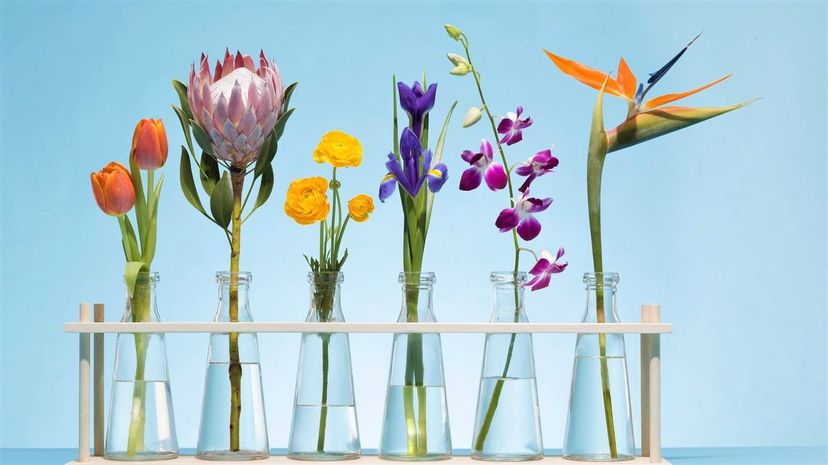
About This Quiz
Cultivate your grasp of flower knowledge with our blossom ID challenge! Your love of nature's best blooms will pay off here. Within a span of five minutes, do you think you can recognize the plants in the images we provide? We'll be really impressed if you can name them all!
We've arranged a digital flower bouquet just for you. There are hybrids, seeded and bulb blossoms to feast your eyes on in this quiz. Knowledge of plants that are native to certain regions of the world will lead to hints regarding best climates for ideal growing conditions. Tropical flowers tend to sprout petals that cast exotic shades. When you see a striking shade, chances are the flower grows well in hot environments. Hibiscus is a fussy flower that flourishes in certain island habitats. Mimic semi-dry, hot conditions for the plant and it will respond with strong tree sprouts.Â
And don't let the bloom shapes fool you! Flower favorites, like hydrangea, yield a small variety of shapes depending on the type. Distinct colors may betray you as well. Fragrant lilies are not always white. And don't be surprised if you notice a black flower in the shape of an iris, because it just might be a black-bearded iris!
Increase your score as you inhale the fragrant smell of flower victory. Scroll through and label fast!Â
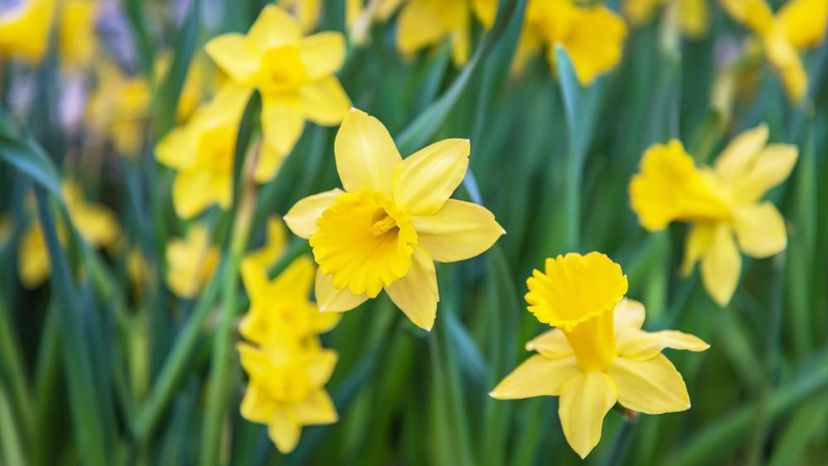
Introduced in 1923, the February Gold daffodil is the most popular in the world. The large-cupped flower grows one per stem and blooms as high as 12 to 14 inches. This variety of daffodil plant is classified as cyclamineus.
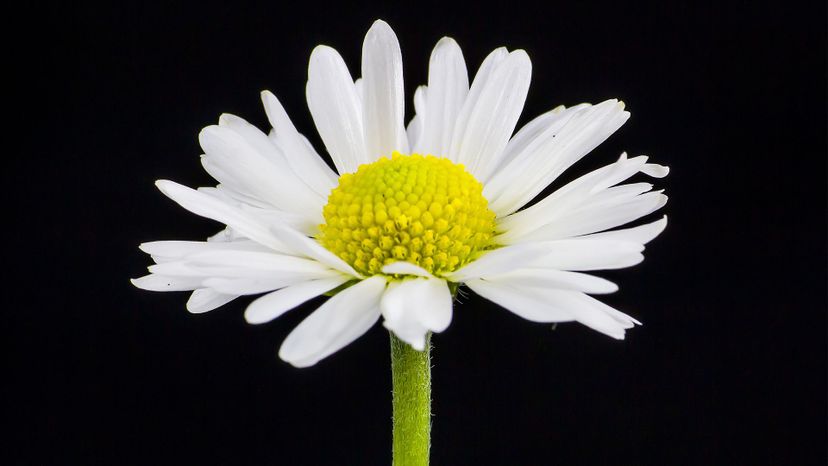
Daisies are known to signify innocence. Annuals can survive in narrow growth environments, and perennial types yield other vivid colors besides white, like red, purple, blue and pink.
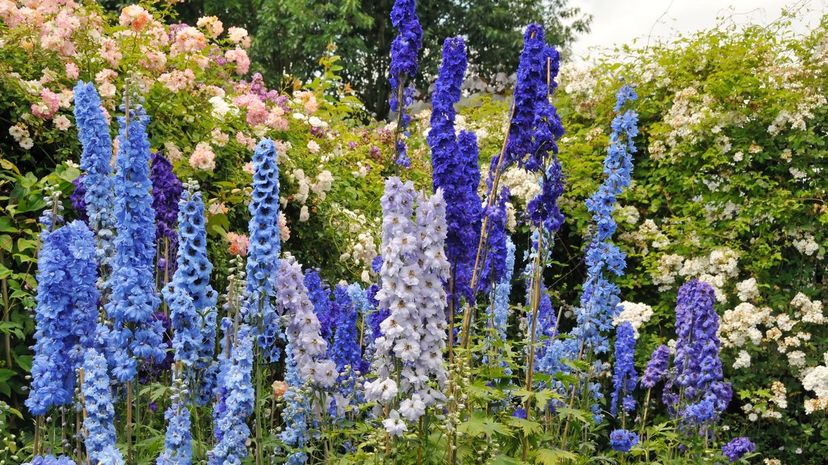
The name delphinium comes from the Greek "delphis," which means "little dolphin." The flower grows bountifully in mountainous terrain. Except for dwarf delphinium types, many of these plants have feeble roots.
Advertisement
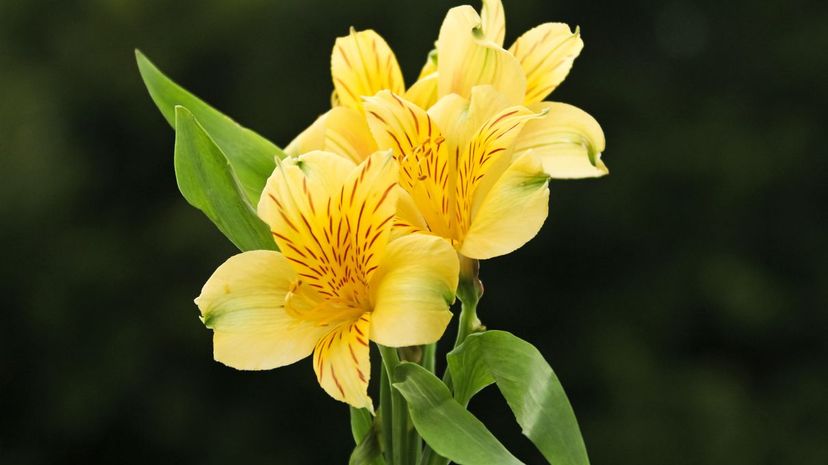
As cut flowers, alstromeria lasts for weeks in fresh water. Supermarkets and florists sell the Alstromeria aurea for this purpose. The flower is said to represent fortune, affluence and success.
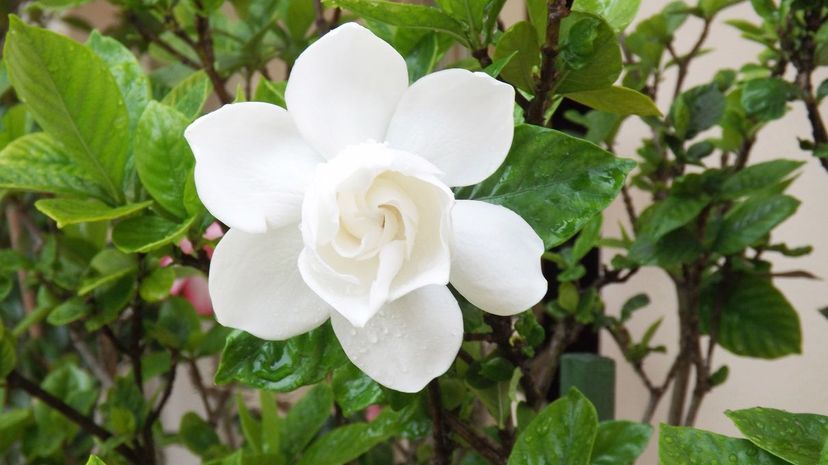
Gardenias symbolize creative elegance and emit a signature aromatic mix of jasmine and vanilla scents. Native to South Africa, the Gardenia thunbergia yields sizable white flowers. The Veitchii produces smaller blossoms between the spring and fall seasons.
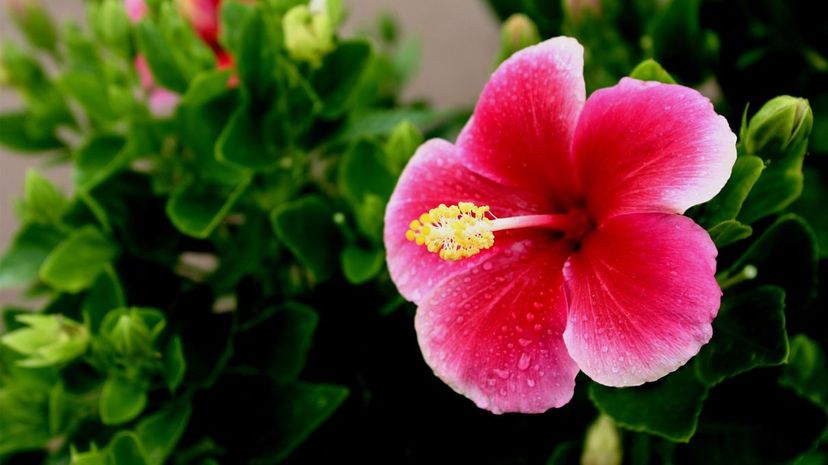
Hibiscus flowers thrive under direct sunlight in a semi-arid climate. You'll find similar climate conditions in the U.S. state of Hawaii and the Southeast Asian country of Malaysia where the hibiscus is the state and national flower, respectively.
Advertisement
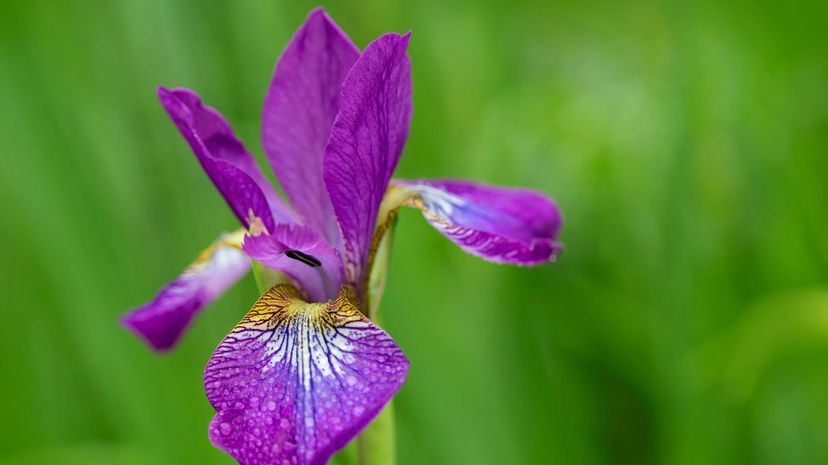
Over 200 species of iris grow naturally and thousands of hybrids exist. Popular iris cultivars include Japanese, spuria, aril, bearded and yellow flag. The original yellow and purple flowers bloom earlier than the bigger hybrids.
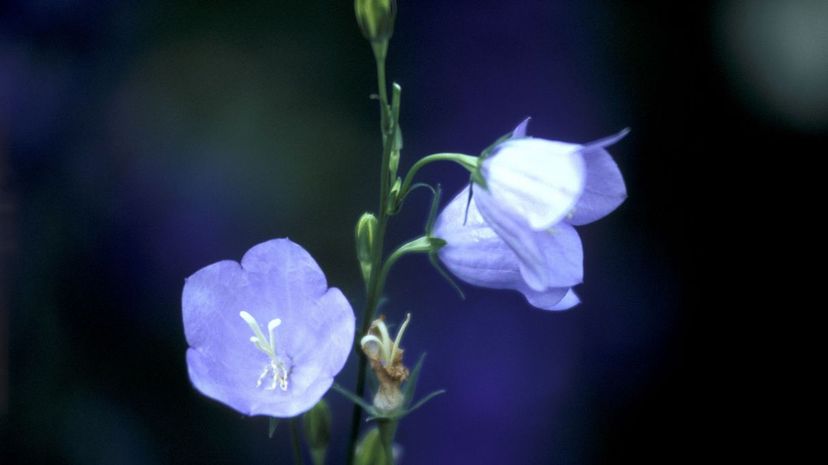
Canterbury bells have two-inch blooms that are shaped like bells with curvy edges. Different types of the flower grow as high as two to two and one-half feet tall and blossom 12 to 18 inches wide. Common flower colors are blue, pink and white.
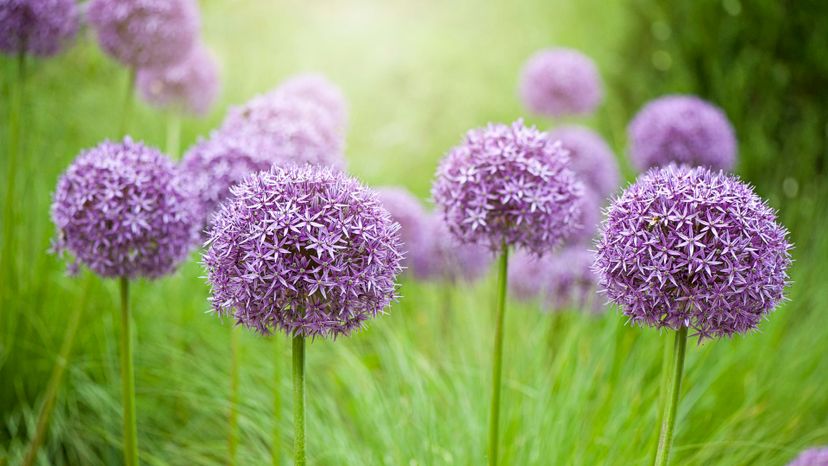
Allium flowers resemble frozen fireworks. The more popular types, like Allium giganteum, grow tall and are a Holland import. You'll notice that many stores will sell alliums as potted plants.
Advertisement
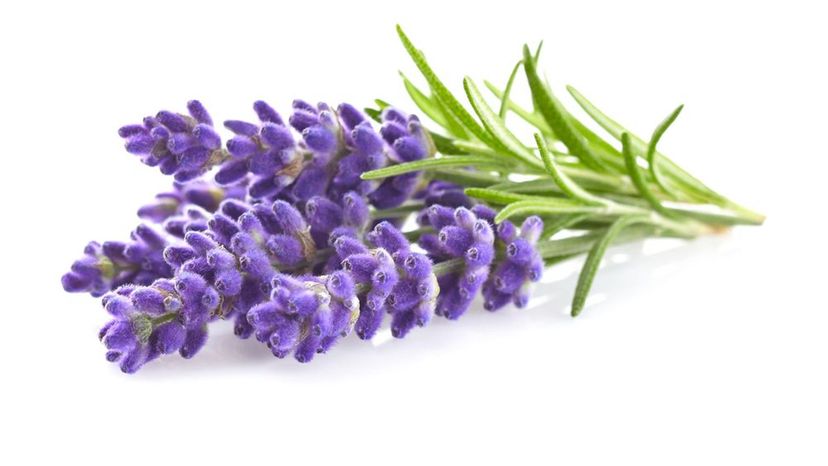
The ancient Greeks and Romans used fragrant lavender for personal grooming and household needs. The attractive flower can bloom as tall as 30 feet on the Natchez tree, or as short as five to 10 feet on the Tonto, or even smaller on the bright-purple Centennial dwarf.

Cone-shaped flowers of this kind include Tardiva hydrangeas and oakleaf hydrangea, whose stems peel around the stem's bottom. Old-fashioned bigleaf hydrangea are either mopheads or lacecaps and bloom vivid shades of blue or pink.
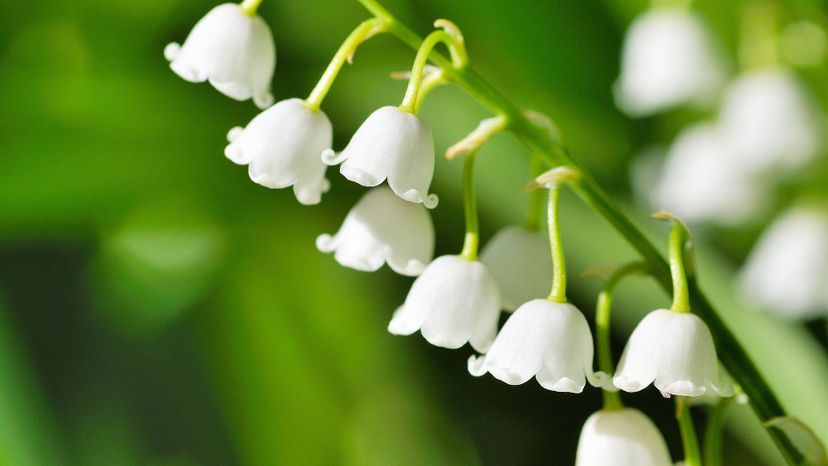
A common meaning for the lily of the valley flower is "return of contentment." The elegant plant can spread out as much as 50 feet long and 15 feet wide when left alone. Gardeners who want to diversify ground cover for shade often turn to lily of the valley.
Advertisement
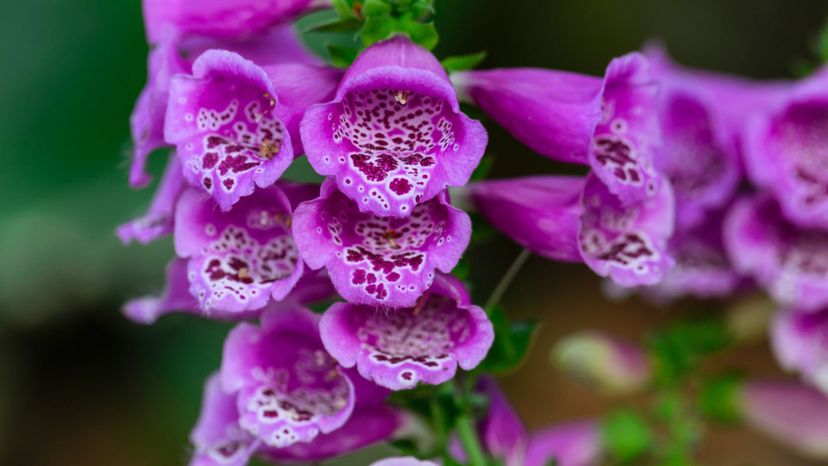
The spikes of the Digitalis ferruginea, rusty foxglove, bloom 5 feet, but the flower grows less than an inch. This variety is native to southern Europe. The flower's reddish veins on top of the plant's brown color exude a rusty color.

Few flowers manifest as many petals per bud than the relatively weighty marigold. The flower has a peculiar odor, though not aromatic. When other perennials start to fade, marigolds maintain a consistent countenance and posture.
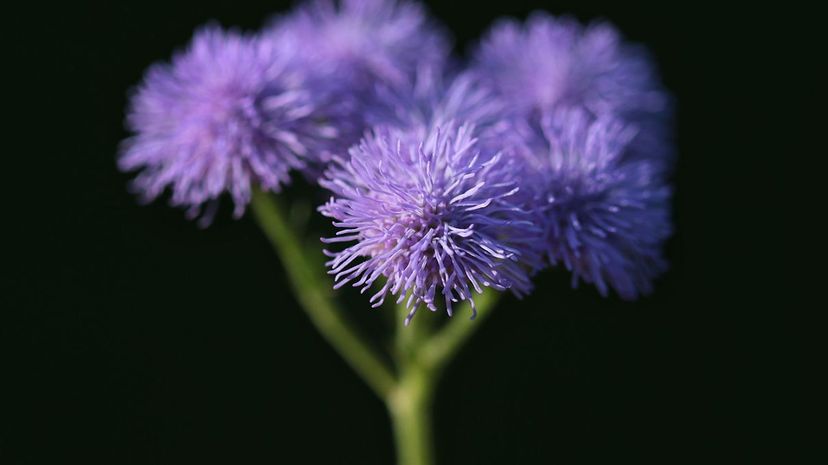
Perennial ageratums (Eupatorium coelestinum), also called mist flowers or hardy ageratums, bloom abundantly from August until first frost. Annual ageratums are a more typical garden flower than the perennial.
Advertisement
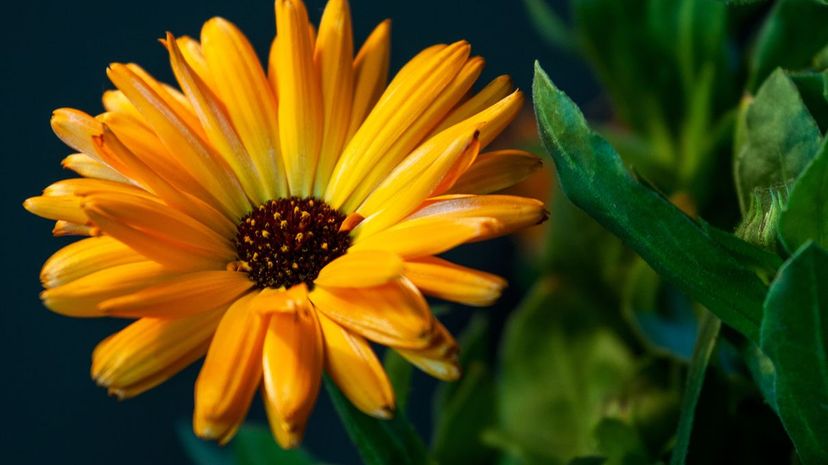
Calendula flower (Calendula officinalis) is widely used medicinally in India and other parts of the world. The fast-growing annual plant helps to heal damaged skin and reduces incidences of inflammation from irritation.
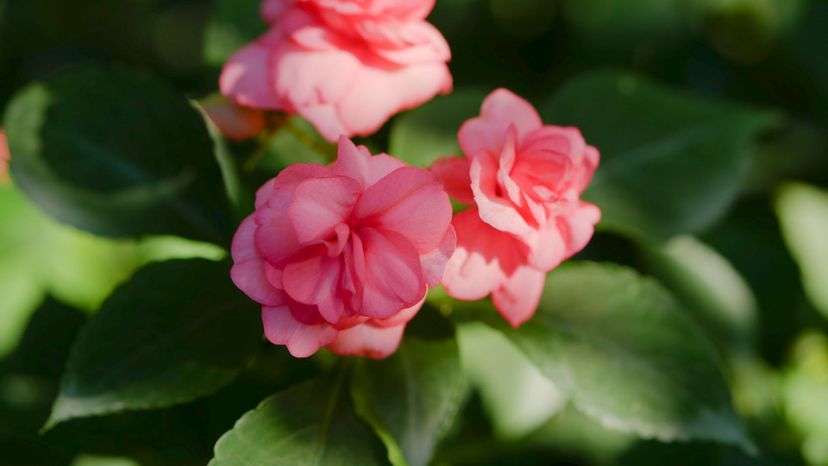
Impatiens wallerana is native to the Asian continent and Impatiens balsamina is native to Malaysia and China; both types are garden favorites, although wallerna tends to yield more stunning flowers.
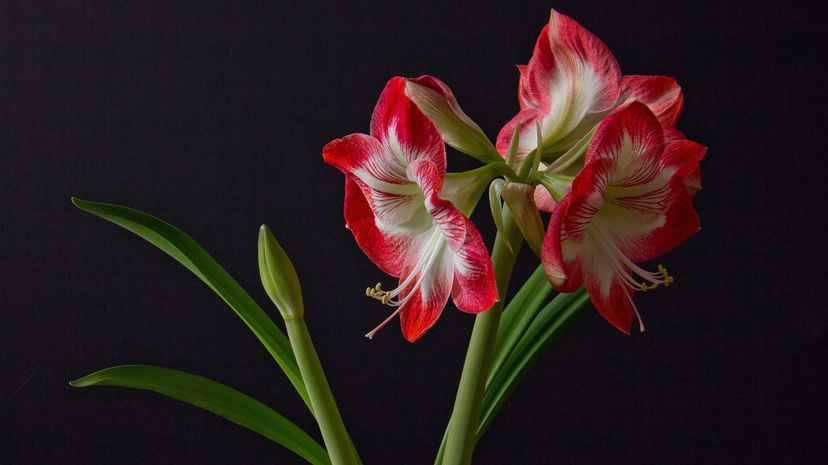
Amaryllis flowers tend to grow large, so it's wise to grow a group of bulbs at once for more stability. Varieties of the plant include Lemon Lime Amaryllis, Blossom Peacock Amaryllis and Red Lion Amaryllis.
Advertisement
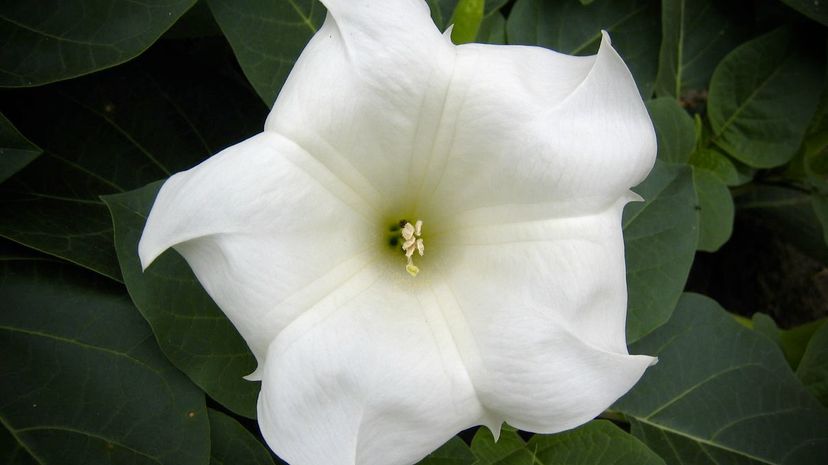
Of the same family as morning glory, the perennial moonflower (Ipomoea alba) grows fast and lush along vine foliage. And like morning glory, the moonflower's blossoms are trumpet-shaped.
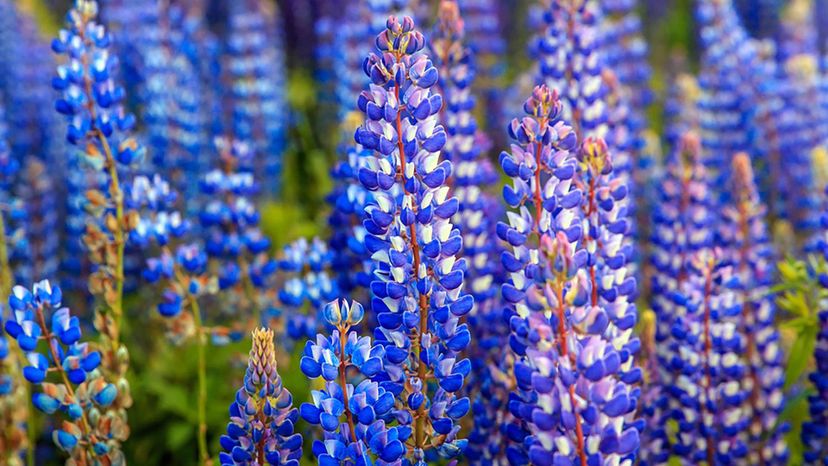
Pale-purple Lupinus arizonicus grows as high as 24 feet tall, while deep-blue Lupinus sparsiflorus typically grows past 24 feet. The flowers have an uncanny ability to absorb nitrogen, which enables them to thrive in disaster zones.
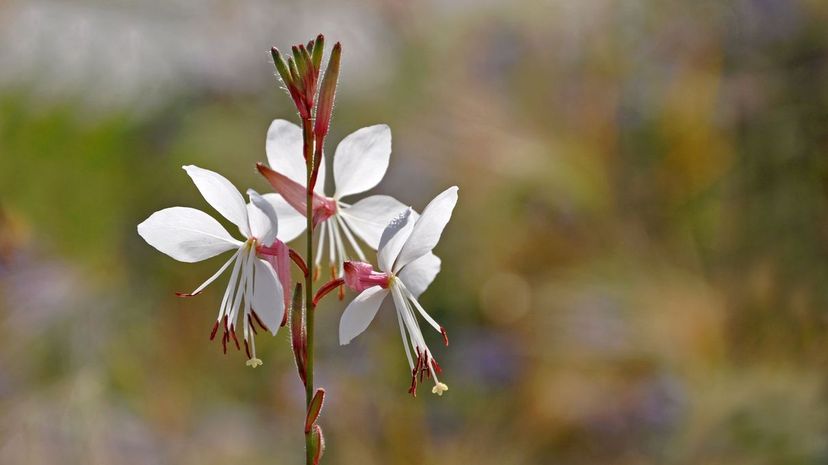
The flower's name is derived from the Greek "gauros," meaning "superb." Gaura belong to the same plant family as willowherbs and evening primrose, and are native to North American dry lands.
Advertisement
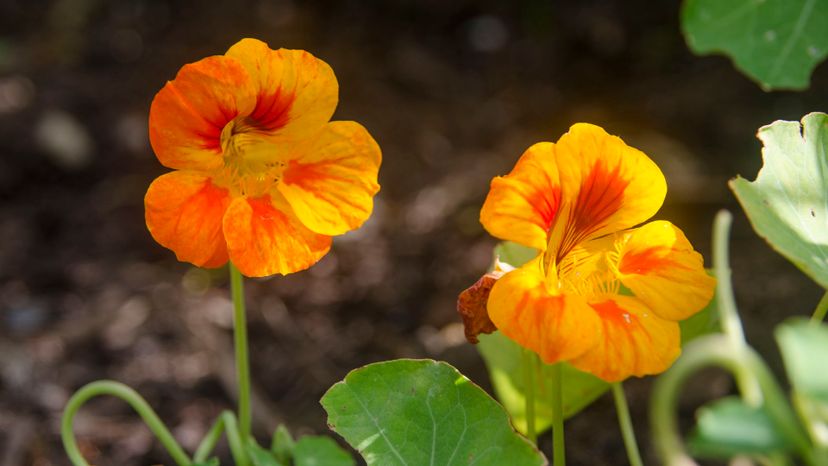
The annual nasturtium is native to South America and has very little soil needs. The first Spanish explorers took the nasturtium to cultivate in their own gardens, and the flower's appeal spread to France in the 1600s.

Balloon flowers (Platycodon) can grow as tall as 36 inches. Misato Purple or Sentimental Blue reaches 8 inches, while Komachi grows 10 inches and Mariessi Blue reaches 15 inches high. These plants grow best in partial shade or full sun.
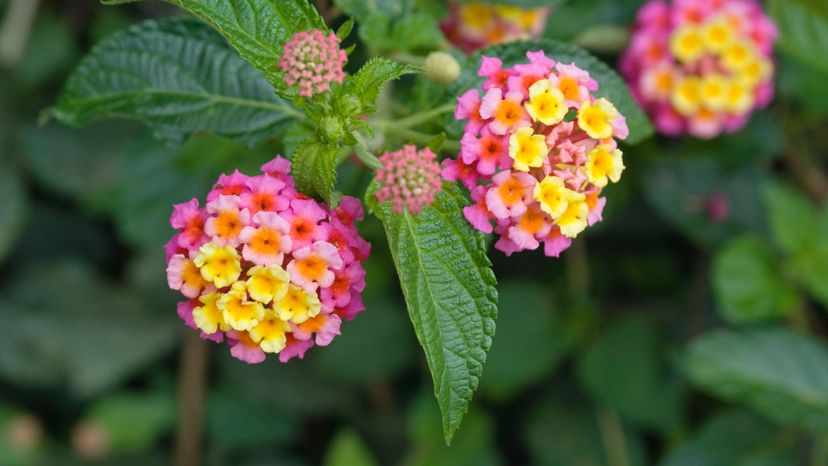
Young yellow lantana flowers produce less nectar than mature yellow and red types. The Texas native orange lantana turns a vibrant red as it ages. The pink lantana produces some yellow, white and lavender shades inside its clusters.
Advertisement
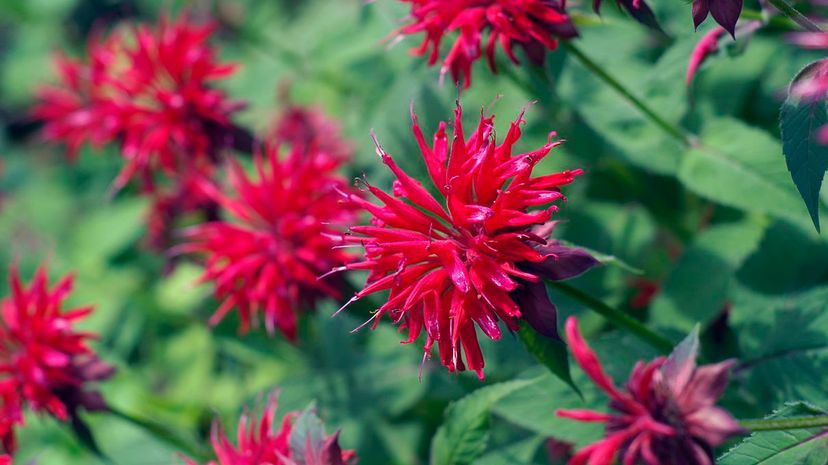
If you want to lure hummingbirds to your garden, plant the bee balm plant (Monarda didyma), especially the red variety. Extensive hybridizing of the flower for the past few decades has produced a variety of colors.
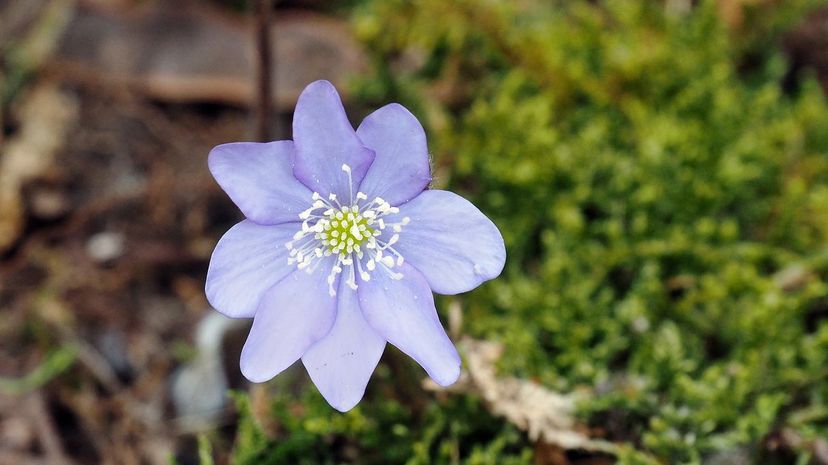
The flower was named from the Greek "hepar," meaning "liver." Hepatica plants are also called liverwort or liverleaf. The flower's leaves are sturdy and survive winter seasons and they usually bloom in May.
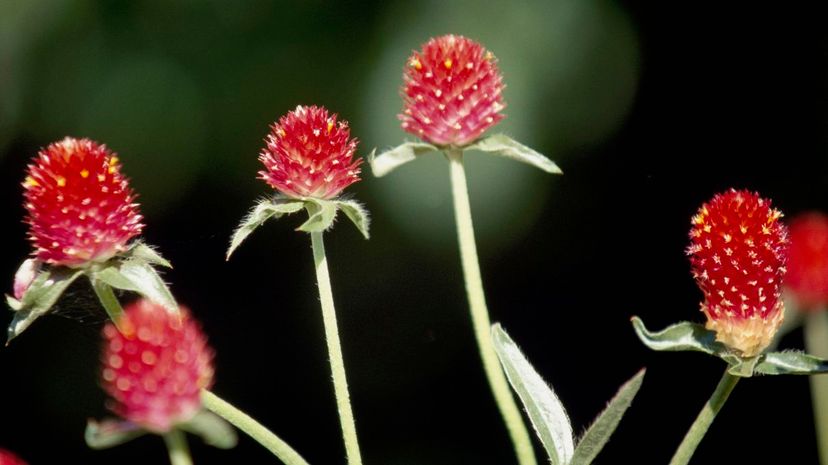
Pink zazzle is a gomphrena hybrid that grows large flowers, which is not a typical trait of the species. Gomphrena are commonly referred to as "bachelor button" or "globe amaranth." The plant can thrive in drier climates.
Advertisement
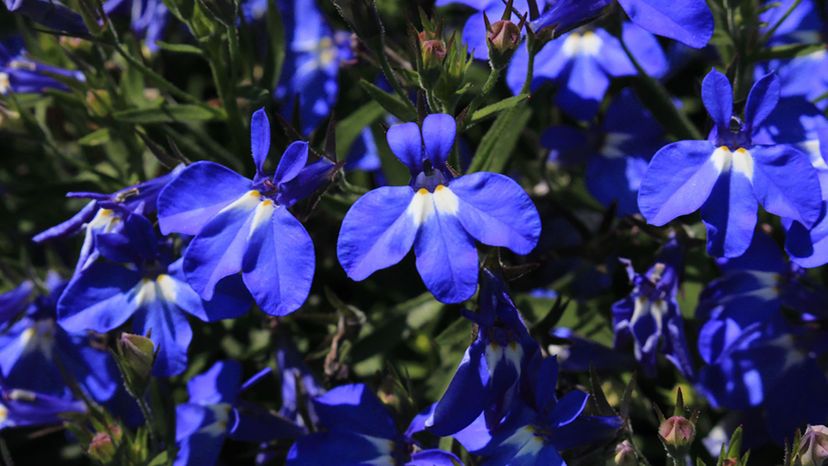
There are over 300 species of the North American native Lobelia perennial flower. Wetlands, woodlands and stream banks are prime breeding grounds for the colorful species, which prefers moist soil environments.

Hostas are an infamous multiplying flower. The plantaginea, invincible and summer fragrance species varieties are fragrant. Most Hostas topple over, but the whirlwind cultivar grows sturdy.
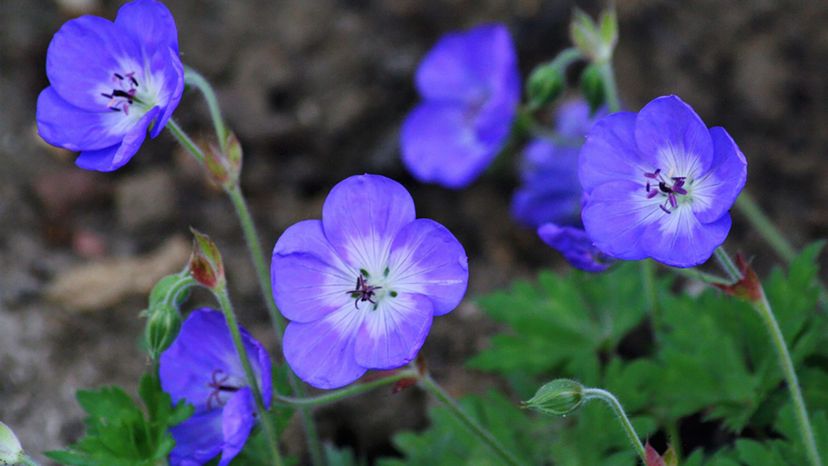
Geraniums are simple to cultivate, and the species has many attributes. For example, rosebud geraniums look like bundles of small rose blossoms, and the leaves of scented geraniums are aromatic.
Advertisement
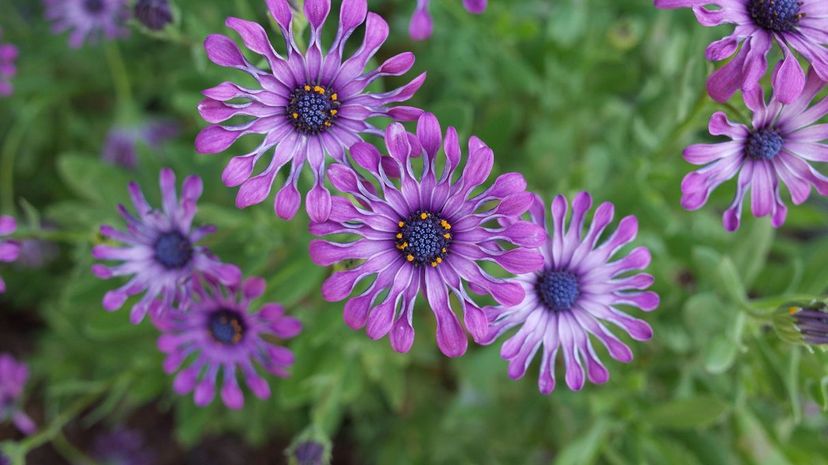
A native of South Africa, the osteospermum is a colorful flower species. White osteospermum typically returns year after year, and other colors require more care during the winter months.
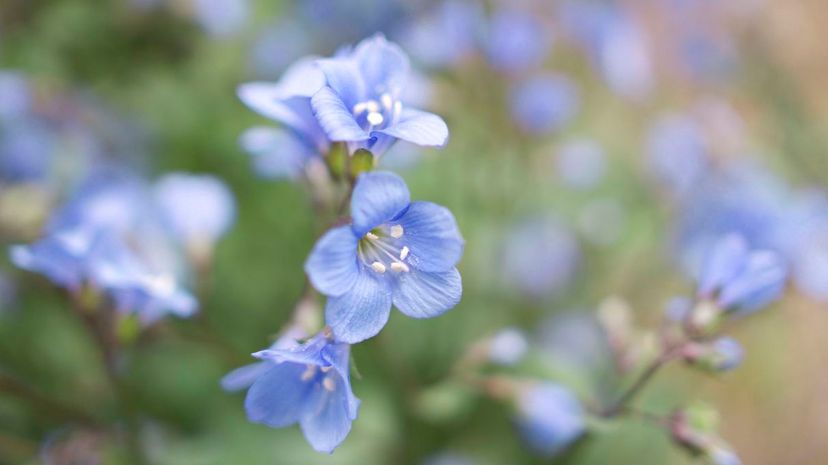
The leaves of the Jacob's ladder (Polemonium caeruleum) sprout like rungs on a ladder. Native to Europe, the perennial flower thrives when placed in partial shade environments and planted in moist soil.
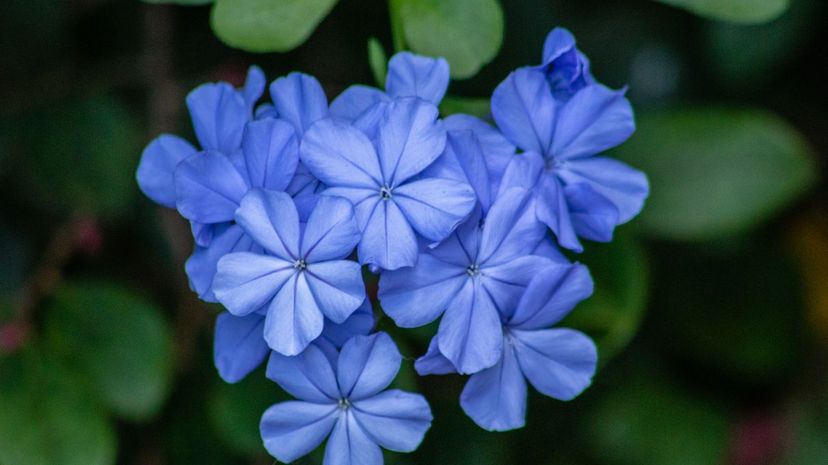
Leadwort perennials grow late in the springtime. Around mid-August until October, glossy foliage produces blue flowers that turn bronze in the cold. The plant grows best under direct sunlight in moist soil.
Advertisement
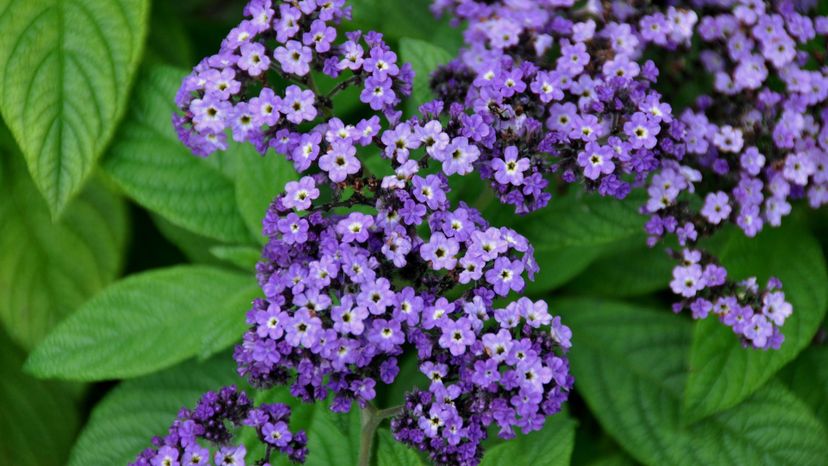
Heliotrope flower varieties include Marine, Atlantis and Baby Blue. These plants typically sprout seven inflorescences. Marine cultivars can grow 15 inches tall and sprout large leaves and inflorescences.
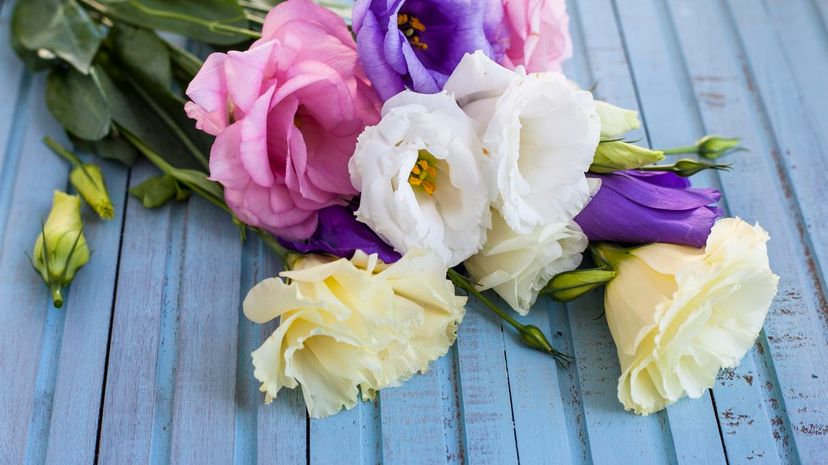
Resilient lisianthus has long grown well and wild under hot climate conditions in places like Oklahoma and Texas, where its called bluebell. Lisianthus flowers bloom in shades of pink, blue, yellow and white.
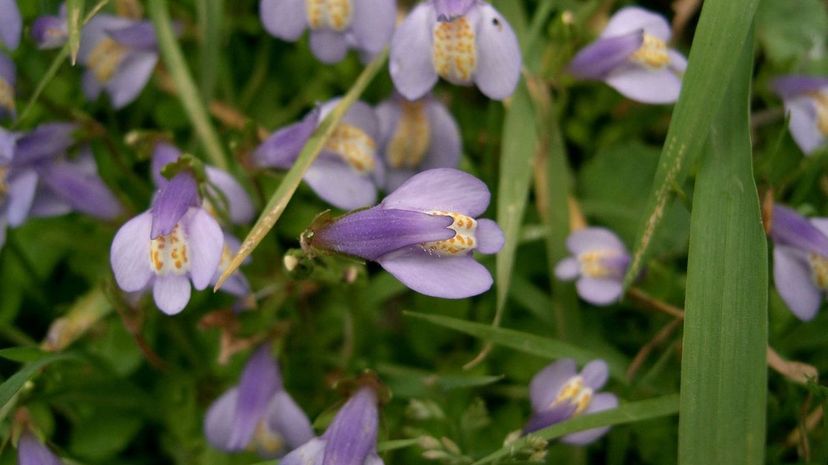
Creeping mazus (M. reptans) spreads as a two-inch tall den of light-green foliage that sprouts clumps of blue-violet flowers during the summer months. The plant thrives under direct sunlight or in partial shade. Keep soil well-drained for optimal results.
Advertisement
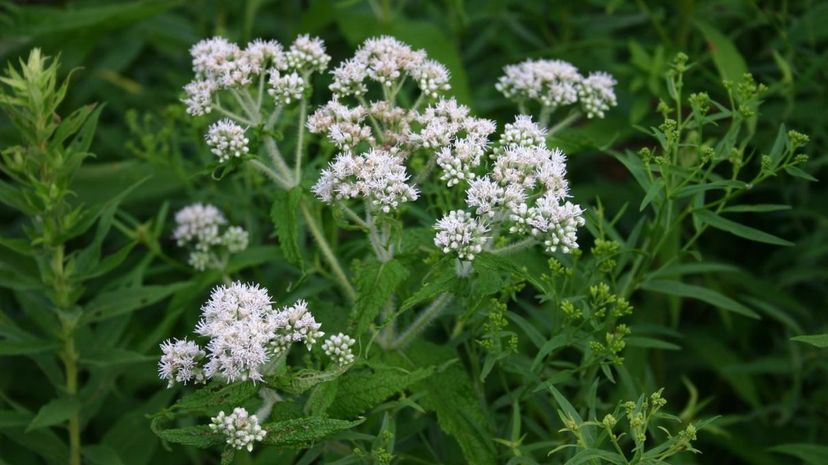
Boneset (E. perfoliatum) flower in middle to late summer. Sipped as an infused liquid or tea, the plant has been used medicinally to treat digestive issues or to accelerate bone healing.
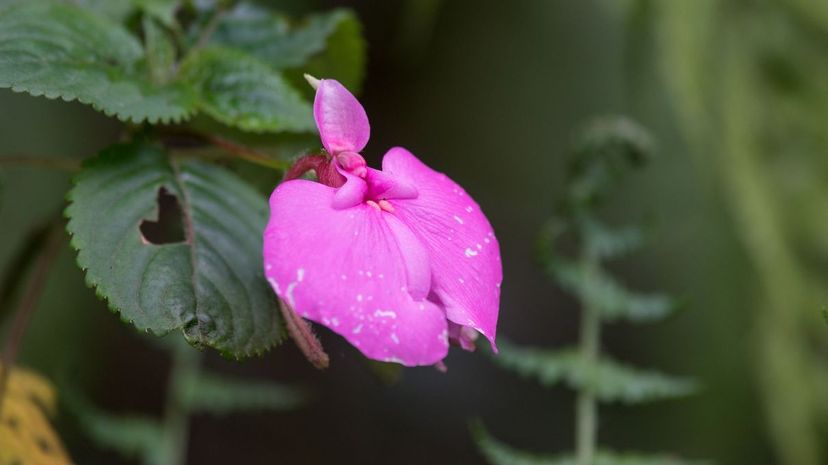
The petals of the balsam flower plant can be crushed and blended with a solvent as a medicinal lubricant to treat and soothe insect stings. The balsam flower is a popular selection for Victorian gardens.
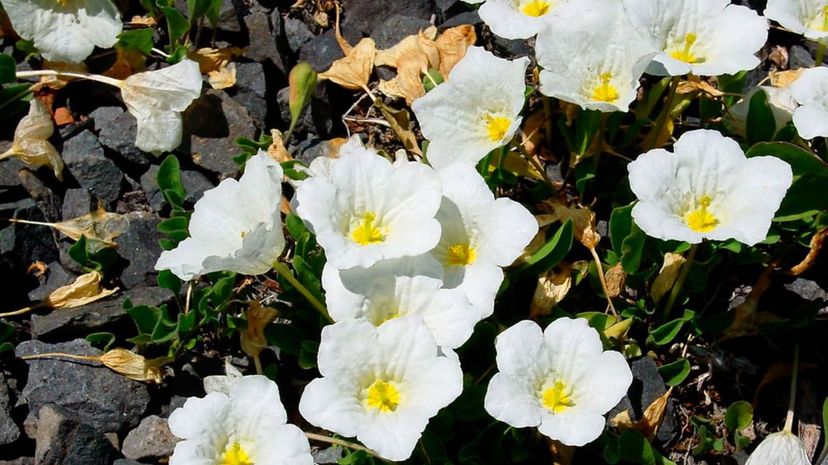
The nierembergia (Nierembergia hippomanica) perennial flower blooms all summer long, ideally in sun or semi-shade environments. Nierembergia is widely known to be a purple flower but white and blue cultivars also exist.
Advertisement
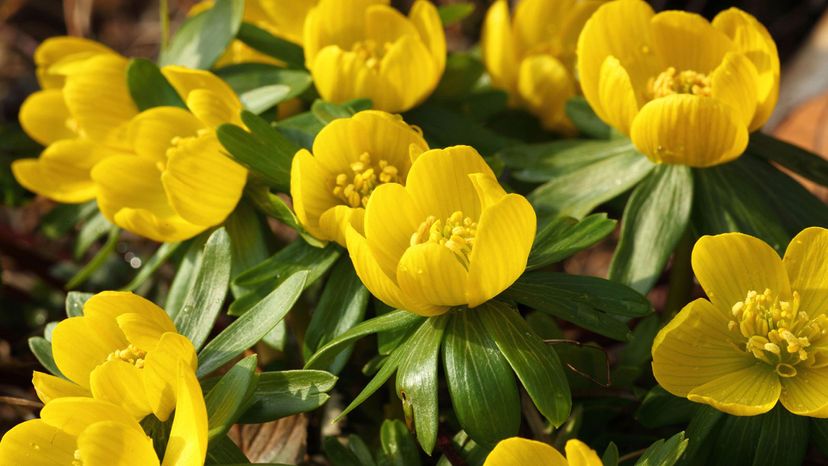
Aconite, also referred to as winter aconite, is one of the few true winter flowers that exist. It's a self-nurturing, self-sowing flower that can withstand subfreezing temperatures and snowfalls.